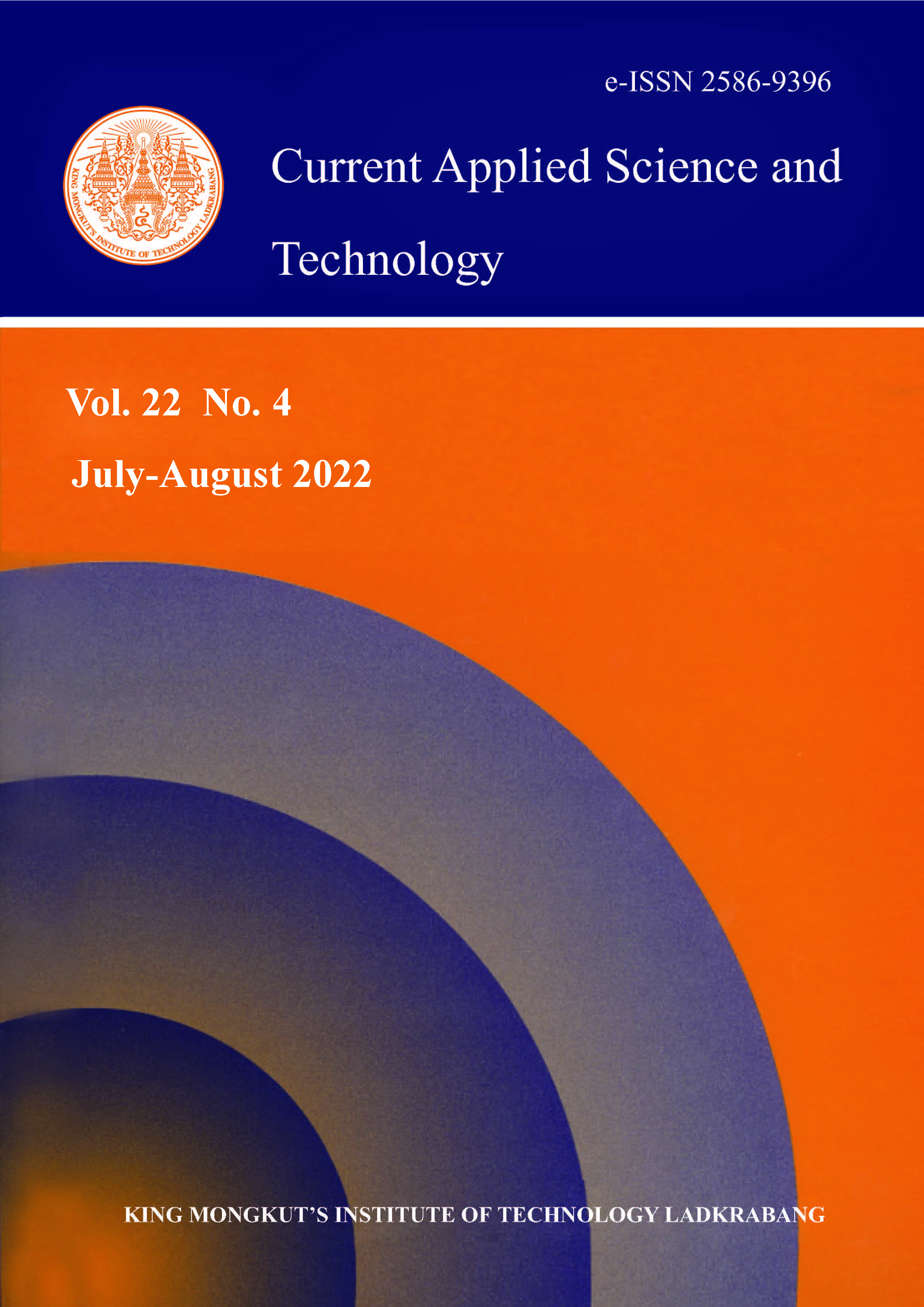Nowadays, phytotoxins as natural compounds extracted from different plants are widely used as growth regulators or growth inhibitors for other plants or microorganisms. Furthermore, phytotoxin study may lead to the synthesis of new products with various biological activities. Therefore, the detection and identification of these compounds is very important in the study of their effects on living organisms and the environment. Different methods have been used for the identification and characterization of phytotoxins. This study is devoted to reviewing various methods for the extraction, purification, detection, and identification of phytotoxins from different plant species. The most common methods for detecting plant toxins include a variety of bioassays (plant, cell, and enzyme assay) and the application of a wide range of chemical and analytical methods (especially chromatographic techniques). Both types of methods will be discussed in more details. Moreover, applications of these methods in the study of phytotoxin interaction from recent studies are exemplified to aid understanding f these interactions. It can be concluded that bioassay and analytical methods are the two fundamental techniques for phytotoxin analysis. In addition, new advanced techniques that can enable better understanding of phytotoxins and their functions and which are based on biochemistry, robotics, biosensors, nanotechnology, and enzyme-based methods will be developed in the near future.
Keywords: bioassay; biopesticide; chromatography; detection; identification; phytotoxin
*Corresponding author: Tel.: (+98)9183442931, Fax: (+98)8432201357
E-mail: mehdizade.mohammad@gmail.com
Mehdizadeh*, M. ., Mushtaq, W. ., Siddiqui, S. A. ., Al-Taey, D. K. A. ., & Tampubolon, K. . (2021). Assessment of Phytotoxins Using Different Technologies. CURRENT APPLIED SCIENCE AND TECHNOLOGY, DOI: 10.55003/cast.2022.04.22.010 (19 pages). https://doi.org/10.55003/cast.2022.04.22.010

